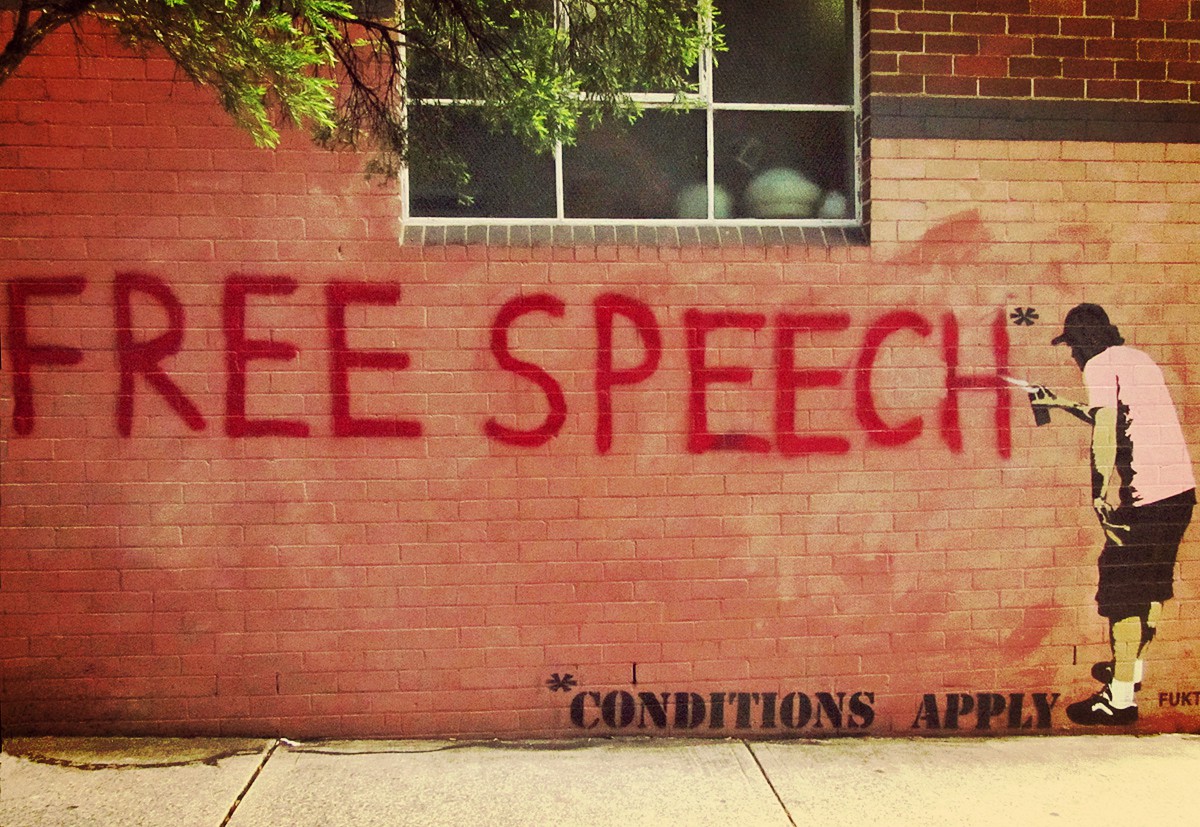

In 10 minutes, I had managed to spend and consume the amount of money that the world’s poorest people live on in a day. During my five-minute walk back to my office, my one-minute walk up the stairs, and the four minutes I spent catching up on email, I had finished it. I plunked down my two dollars, grabbed my coffee, and headed out the door. It’s about a personal decision I made some 10 years ago after visiting a coffee shop. “I’ve spent the past 20 minutes encouraging you to dig into those pockets to help make the world a better place for others. You decide to end your speech with a personal experience. You are talking to a group of would-be donors about the significance of their contributions. 1: You are a senior vice president of a nonprofit that provides health and humanitarian care to locations around the world. Quick tip: Many talks begin and end in this manner.Įxample No. The Illustrative Close – The artistry in this close comes from your ability to appropriate a first- or third-person anecdote, case study, or fable an apocryphal (fictional but plausible) tale or another storytelling device to serve as an illustration of the main points you made during your talk. If you plan to be active in your 80s, 90s, and 100s, you better start eating better, getting more exercise, eliminating unnecessary stress, and scheduling those routine screenings. There are three letters I want you to remember, “i”, “a,” and “n.” Why? They come at the end of three important words: octogenarian, nonagenarian, and centenarian. “In conclusion, while genetics plays an important role in our lifespans, there are decisions you can make that can improve your chances for a longer and more productive life. That doesn’t mean, however, the summary close is never engaging.įor example, you’re a doctor who is encouraging an audience to adopt lifestyle changes that can lead to longevity. If you opt to close a speech with a summary, you want to be clear with your biggest idea and convey to the audience that it is what you want them to remember.

#Ispeech is how to#
In the annals of how to close a presentation speech, it also could be called the “recap” close.

This close is about the most straightforward, direct, and unequivocal one in the list. Your close is what you want them to remember, so make sure it’s something they can’t forget.ġ.
#Ispeech is free#
Save the “thank you for your time,” “feel free to email or call me with questions,” and “that’s all I have for today” for another day. What they are not are recipes for quick escapes. These presentation closes highlight many different approaches in how to end a speech that work for our clients in our public speaking classes. Here, we offer 15 unique ways to close a speech. Since these final words are so important, you’ll want to make a singular impression. When it is specific, easy to execute, and aligns with their needs, wants, and concerns, they are more likely to take you up on your request. The truth of the matter is even the most talented presenter can benefit from sending the audience off with a clear call to action. Too often, speakers mistakenly believe that the audience will be able to infer what they should do next.

When speakers think about how to close a presentation, there are several key elements to consider when it comes to their close: A tall order, yes, but it’s far from impossible. It is your last chance to restate a key idea, make a final impression, inspire the audience, move a group to action, or change a person’s perspective. The question of how to close a speech is an important one that every presenter must ask, given the weight those final words have on your audience.Īs the open of your speech sets the stage, your close seals the deal. Last modified on Apby Christina Hennessy How to Close a Speech – 15 Unique Ways


 0 kommentar(er)
0 kommentar(er)
